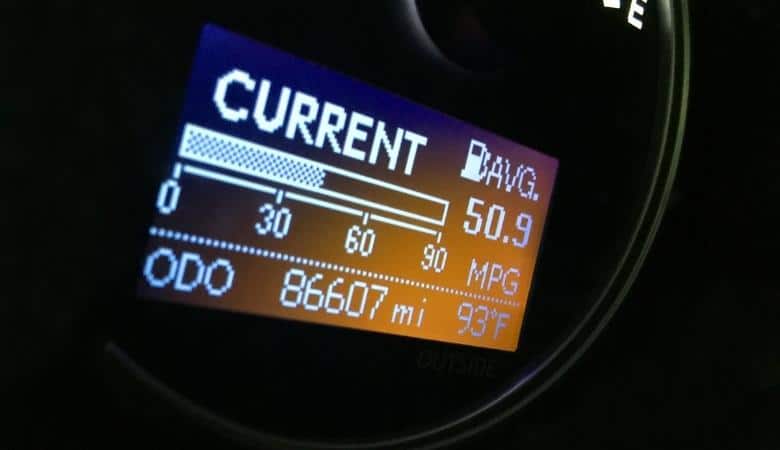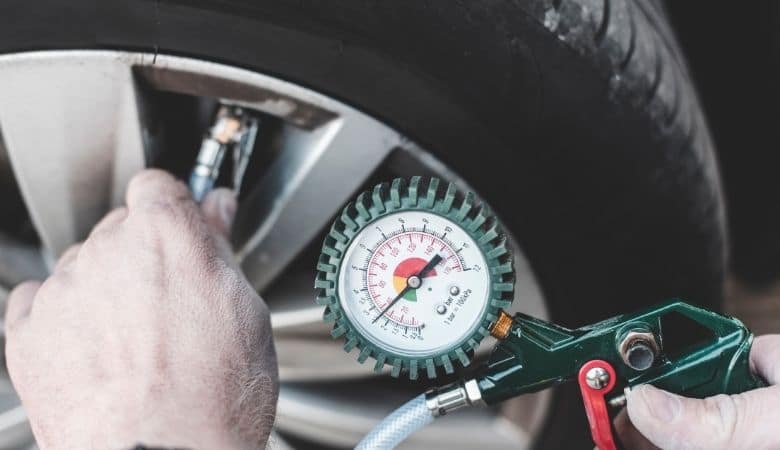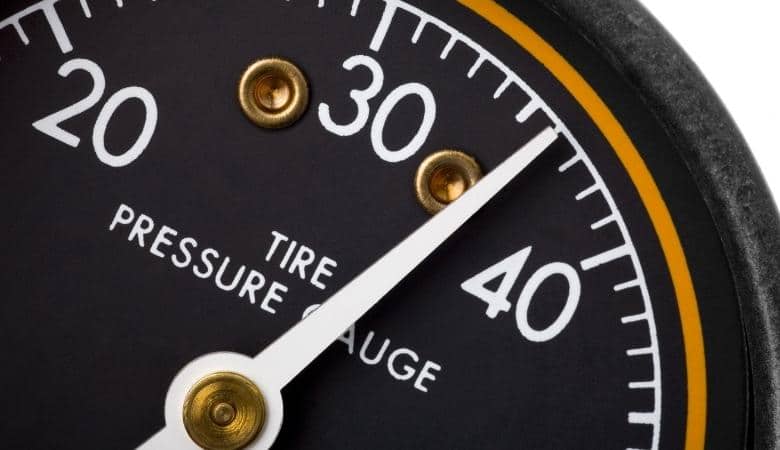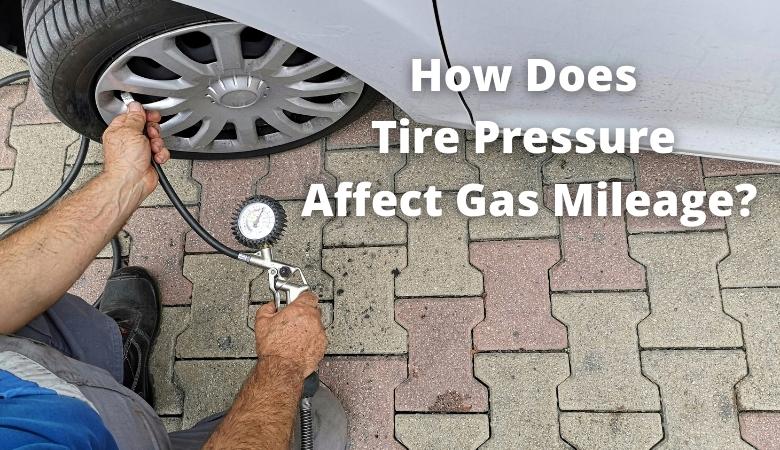The ongoing debate about how tire pressure affects gas mileage continues, and for good reason. With the sudden rise of gas prices, consumers are on a mission to assume the best position for saving money on fuel.
Many bet on overinflating their tires as a viable way to reduce their fuel cost. However, you may want to reconsider that. You may think you can increase your gas mileage by overinflating your tires, but the marginal improvement you receive on gas mileage may not be worth it.
Not only is over-inflating possibly a bad move, government data supports the benefits of proper tire inflation. The Department of Transportation has found that under-inflated tires waste about five million gallons of gas every day in the United States, which presents a negative effect on the economy.
And the Department of Energy states that for every 1-psi drop in pressure, you can expect your gas mileage to lower by 0.4%.
Maintaining the recommended air pressure for your tire isn’t all about gas mileage. The bottom line is tire pressure does affect gas mileage. Your tires and vehicle work together at the recommended manufacturer settings to ensure optimized tire-performance. Optimized performance produces the best mileage for your vehicle, based on human safety and overall vehicle performance.
How Does Tire Pressure Affect Gas Mileage?

Many people have claimed that over-inflating their tires has provided them with better gas mileage, allowing them to spend less money on fuel. However, a 2009 study by Popular Mechanics proved otherwise. They found that over-inflating the tires of a Honda Fit to 45 psi (13 psi above the recommended pressure) reaped the same as the recommended 32 psi. It made no difference in the fuel economy.
Even if over-inflating your tires were to save you a few dollars on gas, would it be worth it? Experts recommend against that. For one, every vehicle on the highway has been tested on every level — from safety to fuel efficiency.
Tire pressure works in both categories because should something happen to your tires, like a blowout, it could cause an accident, which would impact your safety. The other thing is that every tire has recommended pounds per square inch (psi). Tire manufacturers have set a maximum psi to not only ensure your safety while driving but for the longevity of your tires.
Extensive tests on your vehicle ensure that your tire and vehicle work together at the recommended manufacturer settings to maximize tire-performance characteristics, like the overall ride, comfort, handling, and wear on the tire. Because of this, if you change the air pressure in your tire, you may be affecting any one of those attributes of your vehicle, including gas mileage, and not in a positive way.
Over-inflating your tires can cause the center of the tread to bulge, creating a much smaller, skinnier contact point with the asphalt. So, while you may think you’re getting better gas mileage, you could also be jeopardizing your life. It can also affect the overall ride of your vehicle, making it hard and potentially unbearable with every bump you go over. You could easily have an accident due to loss of control.
Not only does under-inflating your tires cause you to lose gas mileage (with every 1 psi missing from your tire, you lose .4% of gas mileage), your tires also wear 10% faster.
When you properly inflate your tires, you can improve your gas mileage by 3.3%, meaning that vehicles that get 30 mpg could easily see a benefit of about 1 mpg. When you combine this with the money you save from your tires lasting longer, it’s significant over time. You also are less likely to be concerned about an accident due to faulty tires.
Why Do I Even Need To Check My Tire Pressure?

Tires are made from materials that cause them to lose air… just because. There doesn’t have to be a leak for your tire to lose air pressure. Tires lose about 3.5 psi of pressure over a year when they’re not being driven.
Tires constantly rolling are subject to lose about one to two psi per month naturally. Climate also affects tire pressure. Tires can easily become over-inflated in the summer and under-inflated during the cooler months.
That is why it’s good to check your air pressure at least once a month. It’s best to check your air pressure after your car has cooled down to avoid inaccurate readings caused by heat from the road.
After checking your tire’s air pressure, it’s important to ensure it’s either deflated or inflated to the recommended manufacturer’s setting for your tire’s air pressure to get the best gas mileage for your vehicle.
How To Know My Tire Pressure

The proper tire pressure for your vehicle can usually be found on a sticker in the driver’s side door placard or the glove compartment. If all else fails, you should also be able to find it in your owner’s manual. The maximum pressure is also shown on the tire’s sidewall so that you do not exceed that amount.
Keeping your tires’ air pressure at the recommended manufacturer’s setting is important for the total optimization of your vehicle, and that includes gas mileage.
Hi, my name is Niklas, the head content creator & CEO of Whirling Wheelz. I am very interested in vehicles of all kinds, mainly cars. I have a car mechanics degree from high school and a big hobby of mine is to follow the WRC (World Rally Championship) both online and through travel.


